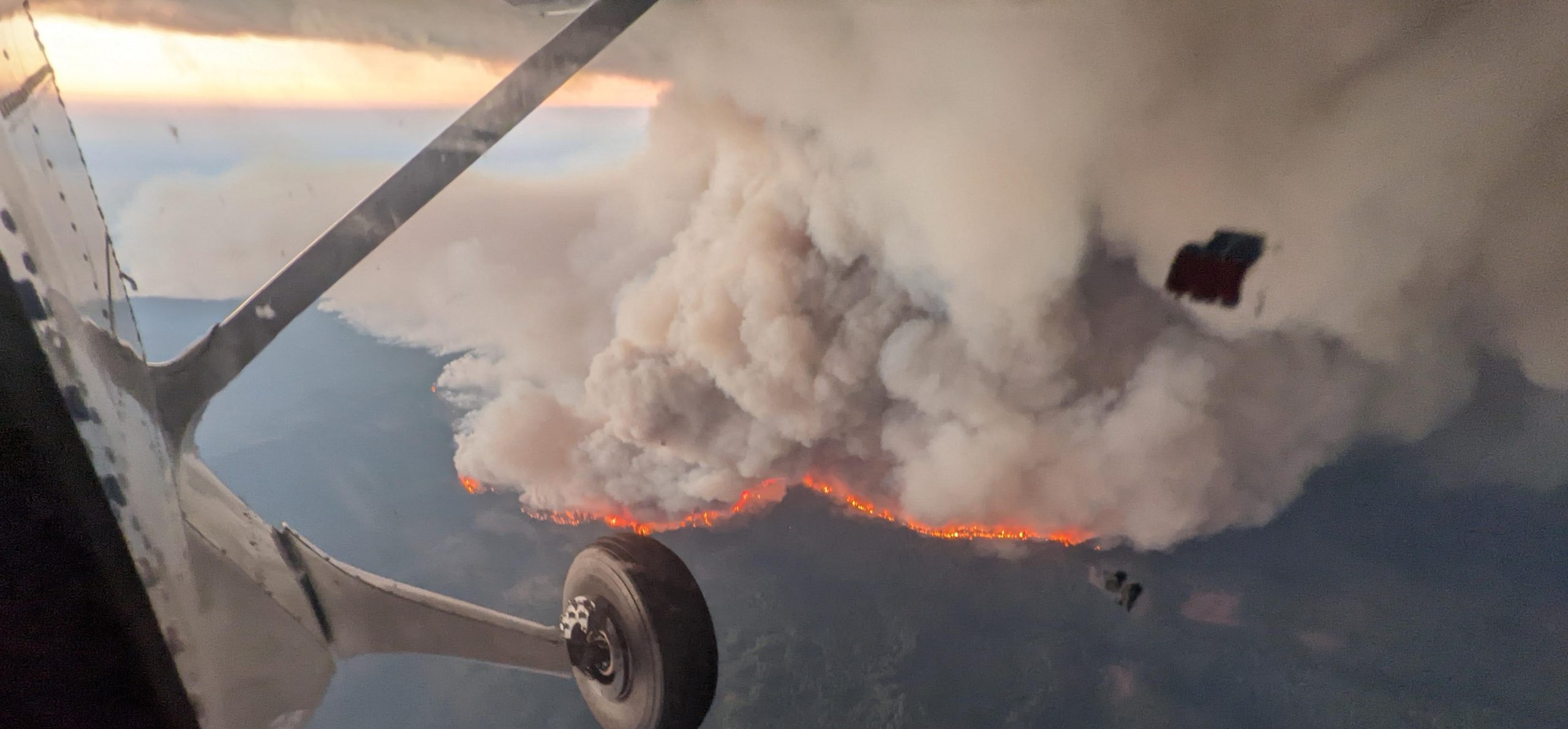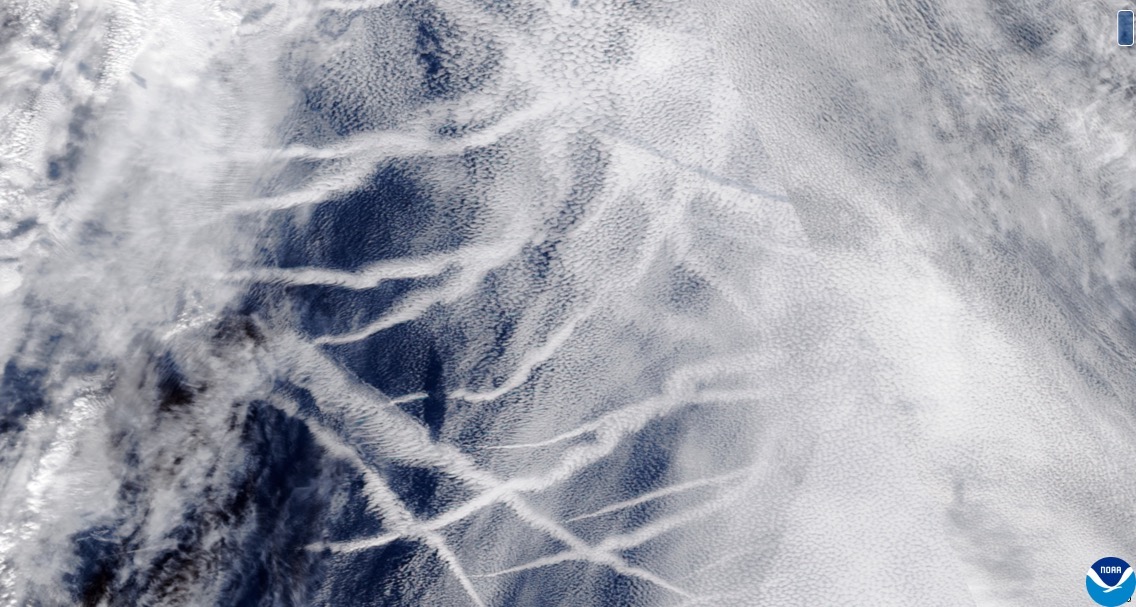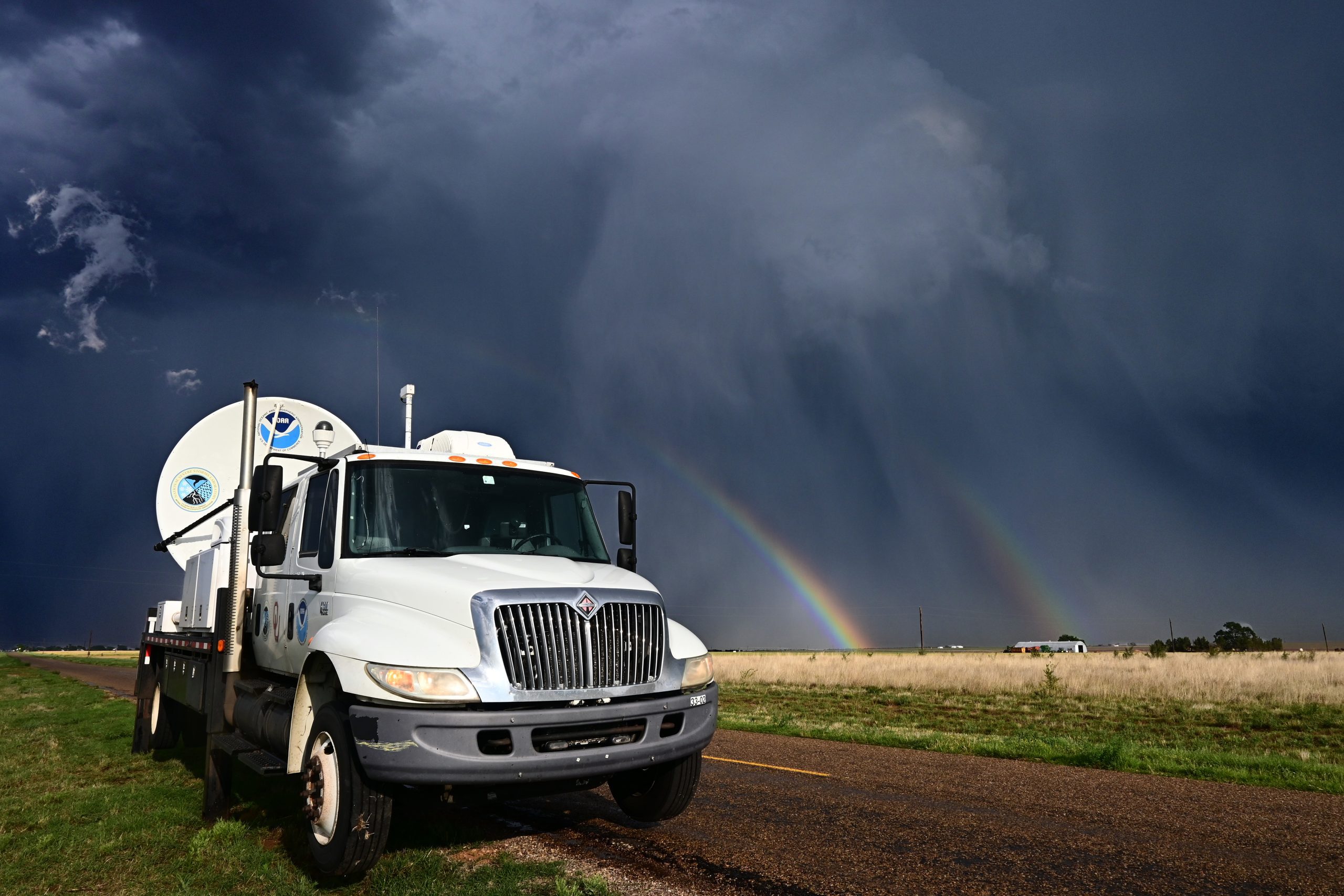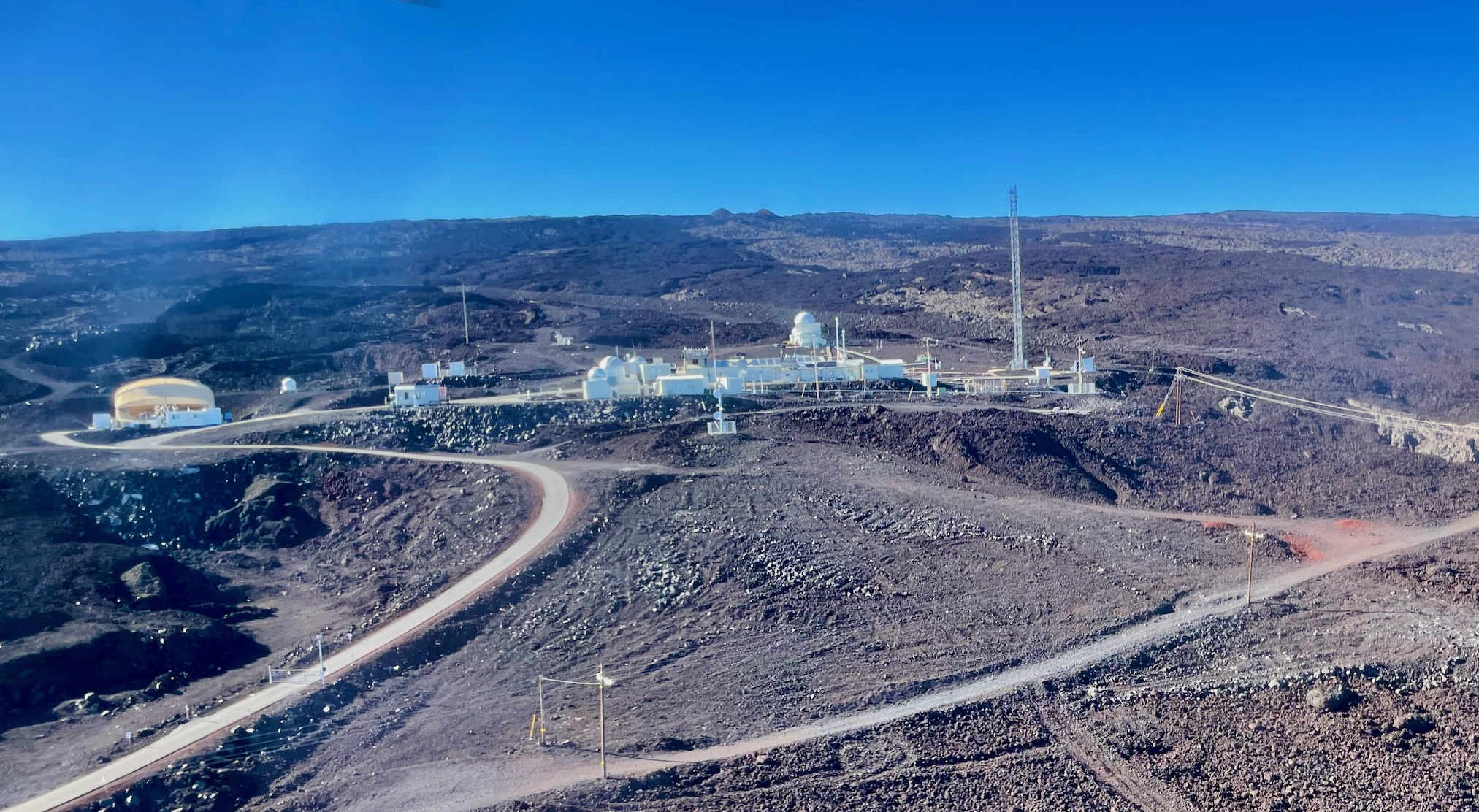Tracking Isaac? NOAA’s got you covered: Get the latest forecast, advisories, radar images, fact sheets, links to preparedness resources and more on our comprehensive webpage, http://www.noaa.gov/hurricanecentral_2012.
Home » Hurricane Central 2012: Your one-stop source for NOAA tropical cyclone news and information



